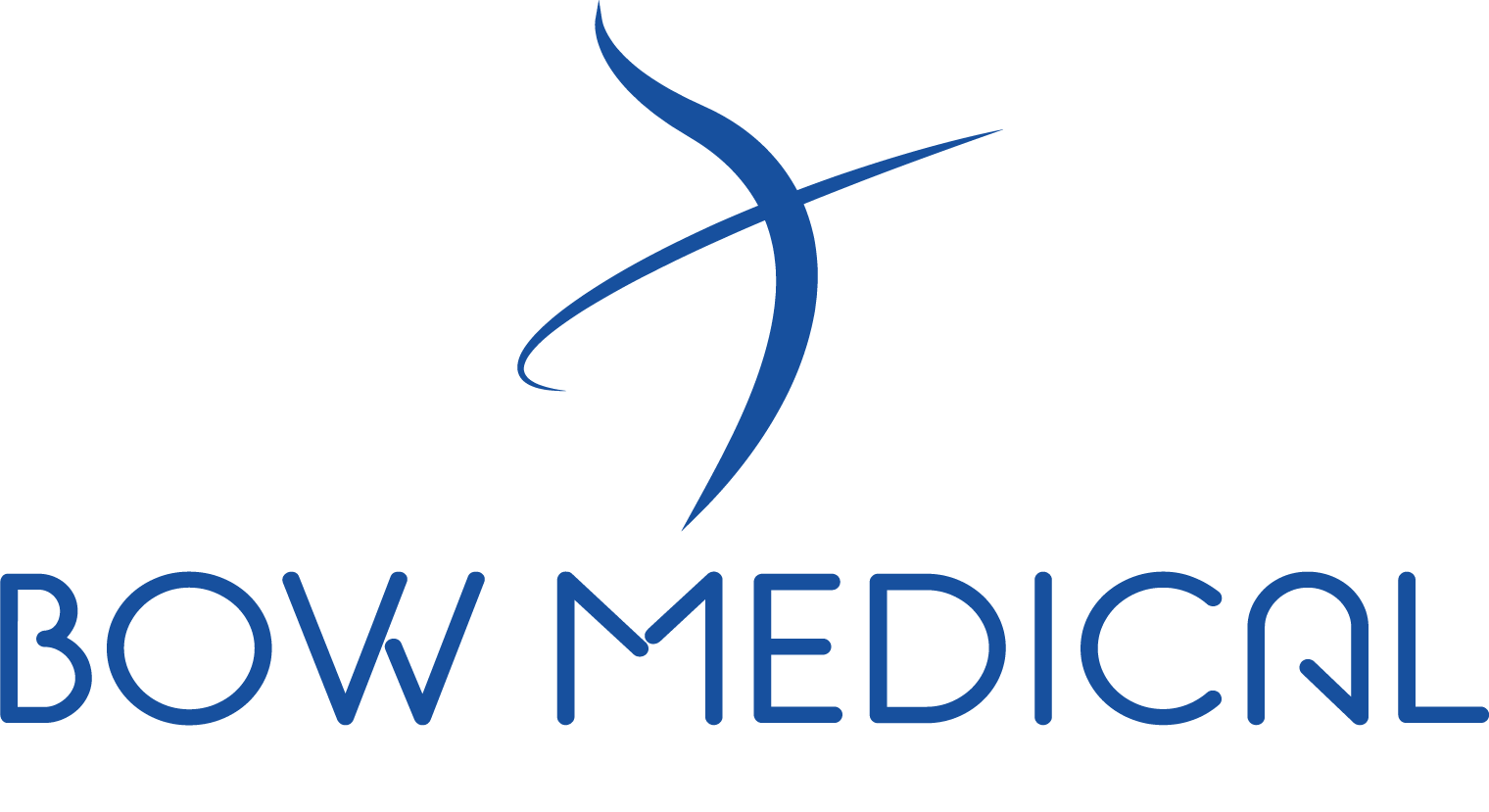The medical industry is constantly evolving, embracing the digital revolution to improve healthcare and patient safety. One of the most significant advancements in this field is the digitization of medical processes, including anaesthesia consultation management and operative follow-up.
In this era of transformation, the adoption of a computerized system proves to be an innovative change that offers substantial benefits to anaesthetists and surgical teams.
The Importance of Digitalization for Anaesthetists and Surgical Teams
Traditionally, the operating room was filled with paper records, manual tracking sheets, and anaesthesia records. Medical procedures, although based on knowledge and skills, were prone to human errors, administrative delays, and communication gaps among medical teams. This reality prompted the medical industry to explore digital solutions to address these issues.
The digital anaesthesia record lies at the heart of this transformation. It provides a comprehensive solution for managing anaesthesia consultation, the operating room, and the recovery room in a digital format. This transition from paper to digital is crucial for several reasons:
Reduction of Human Errors
One of the primary concerns in the medical field is patient safety. Medical errors can have serious, even fatal, consequences. With automated data entry and built-in alerts in the computerized anaesthesia record, the risk of omissions or transcription errors is significantly reduced.
Essential information is entered in a structured manner, and alerts notify healthcare professionals of inconsistencies or potential issues. Thus, human errors are minimized, ensuring greater safety for patients.
Informed Decision-Making
Rapid access to the patient’s complete medical history is essential for better assessment and appropriate adjustment of the anaesthesia plan.
The digital anaesthesia record allows anaesthetists to easily review medical history, allergies, current medications, and other crucial information. This real-time knowledge promotes informed decisions tailored to the patient’s specific condition.
Proactive Interventions
Patient safety does not stop at anaesthesia planning. In case of complications or unexpected issues in the operating room, Diane Aims is there to assist. Integrated alerts quickly identify potential problems, allowing medical teams to intervene proactively.
Early identification of these issues can make all the difference in terms of safety and clinical outcomes.
However, it is important to note that the transition to a digital management system is not without its own challenges. Potential drawbacks include technological dependence in case of system failure and the need to train staff to properly use the software. However, with the right training and a robust backup infrastructure, these drawbacks can be minimized.
In the following sections of this article, we will further explore the advantages and disadvantages of digitalization, highlighting opportunities for time savings, improved data management, and more. The transition to the digital anaesthesia record is a crucial step towards a safer and more efficient future in the medical field.
The Benefits of a Computerized System for Operative Follow-up
Operative follow-up is a critical step in the medical process. Effective management of this phase can have a considerable impact on patient safety, care coordination, and overall efficiency of medical teams. This is where computerized systems, such as Diane Aims, play an essential role by offering a range of significant potential benefits.
In-Depth Data Analysis
One of the key advantages of a computerized system is the ability to collect, store, and analyze data systematically and consistently. Operative follow-up generates a considerable amount of essential data, including patient vital signs, administered anaesthetic doses, drug reactions, and other relevant information. Digitizing this process allows for in-depth analysis of this data, providing valuable insights into performance, trends, and areas for improvement.
This data analysis can lead to notable improvements in care protocols, operational efficiency, and overall healthcare quality. Medical teams have the opportunity to make evidence-based decisions and adapt their practices to continuously improve patient safety and well-being.
Data Sustainability
The shift from paper to digital offers another crucial advantage: data sustainability. Paper records can be lost, damaged, or destroyed, resulting in loss of vital information.
Digital data, on the other hand, is securely stored and can be backed up to prevent loss. This ensures the availability of essential information over time, whether for clinical, legal, or statistical purposes.
Integration and Interoperability
When exploring digital transformation in operative follow-up management, integration and interoperability are crucial factors to consider. The benefits of a computerized system for operative follow-up extend beyond its ability to function in isolation. They are amplified when the system can seamlessly connect to other systems and processes within a healthcare facility. Integration and interoperability help create a more cohesive and efficient healthcare ecosystem.
Smooth Communication Among Medical Teams
The ability to share information in real-time across different departments, from the operating room to the recovery room, improves care coordination. This enables professionals to respond more quickly to changes in the patient’s condition, reduce data entry duplicates, and ensure smoother continuity of care.
Holistic Patient View
Interoperability allows for aggregation of data from various sources, providing a comprehensive view of the patient’s journey. This may include medical history, prescribed medications, allergies, test results, and much more.
This holistic view is valuable for healthcare professionals as it helps them make informed decisions and personalise care.
Scalability and Flexibility
Integrated systems are more flexible to evolve with the changing needs of a healthcare facility.
They allow for the addition of new features or integration with emerging technologies without disrupting the entire system.
Data Security and Compliance
Data security standards and compliance with medical regulations are essential in the healthcare field. Interoperable systems facilitate adherence to these standards by ensuring that data is securely managed when shared across different services.
Ultimately, integration and interoperability promote a more collaborative and coordinated approach to healthcare. This helps improve the quality of care, reduce the risk of medical errors, and provide a smoother experience for patients.
The transition to computerized systems for operative follow-up management, which offer integration and interoperability capabilities, is a key element of the digital transformation of the healthcare sector. It opens the door to a new era of safety, efficiency, and quality of care while allowing healthcare facilities to adapt to the changing needs of the industry.
Click here to download the article as a PDF
About Bow Medical
Bow Medical is a leading European company specializing in software for critical care.
For over 20 years, Bow Medical has been designing the Diane software platform to improve and secure critical care in anaesthesia and intensive care.
The provision of software solutions for critical care management is a specific segment of the patient record that requires strong industry expertise.
Its digitization brings added value focused on performance, reliability, security, and time optimization.
More than 450 hospitals and clinics use our software daily, with 5 million anaesthesia consultations per year performed in Diane Poa (approximately 70% of computerized consultations in France).
Over 3,000 operating rooms are equipped with Diane Aims, and more than 1,200 intensive care beds facilitate patient care through Diane Icu.





